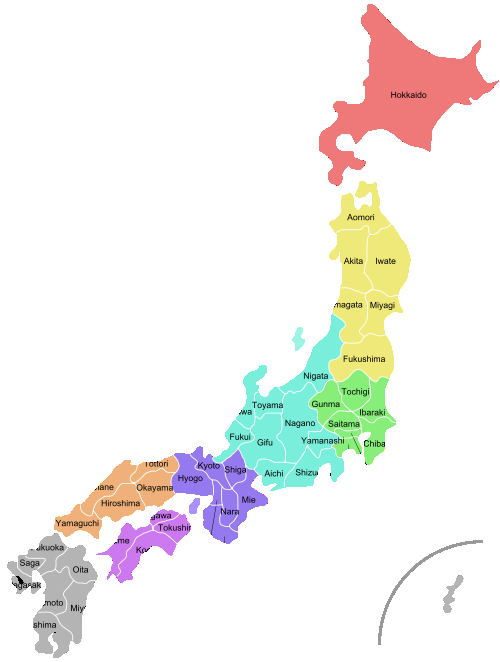Many people in the United States know that the Nazis performed horrible and often lethal experiments on prisoners. Lesser known are equally horrific experiments carried out by the Japanese during World War II. While we are reluctant to accept that the United States Government would ever experiment on U.S. citizens without their permission or even knowledge, there are known incidents of such experiments. The CIA carried out experiments where they dosed unsuspecting people with psychedelic drugs to see how they would respond in the early 1960s. Generally these experiments were not physically harmful, but one man committed suicide after being dosed with LSD. Unfortunately there were other experiments that were much more dangerous.
Twenty years ago, a group of documents were declassified by the United States Government which covered over two thousand experiments on over twenty thousand people over a period of sixty years. Subjects included ordinary civilians, prisoners, federal workers, hospital patients, pregnant women, infants, disabled workers and military personnel. Many of the test subjects were poor, sick, elderly or terminally ill. These experiments were detailed in a book by Eileen Welsome titled The Plutonium Files. Most of the experiments consisted of feeding the subjects a radioactive material to discover the short and long term effects of radiation on the human body. Most of the time the subjects were not told about experiment or asked for their consent.
Documents about the experiments were classified by the United States Government. I wish I could say that the motivation for the classification was for national security but unfortunately there is a memo from a Colonel in the Army Corp of Engineers in 1947 that says otherwise. ““It is desired that no document be released which refers to experiments with humans and might have adverse effect on public opinion or result in legal suits.” So it was not a matter of protecting the country from enemies but protecting the government from its own citizens with legitimate complaints.
In several studies, pregnant women and children were poisoned with radioactive iron. In another study, prison inmates had their testicles x-rayed to see what does would make them sterile. There were a series of studies where psychiatric inmates and children were injected with radioactive iodine which would threaten their thyroid glands were iodine is accumulated. Mentally disabled children were fed radioactive calcium in oatmeal to track digestions of radioactive materials. Burn victims at the Medical College of Virginia were injected with phosphorus-32 which definitely increased death rates.
As late as 1985, the United States Department of Energy and the United States Air Force conducted experiments where they deliberately caused nuclear reactors to meltdown in Idaho and Utah in order to see how the released radiation would spread in the atmosphere. Estimates of the amount of radiation released indicated that it was many times the amount of radiation released in the 1979 Three Mile Island accident. Planes even dumped radioactive dust around Oak Ridge, Tenn., Los Alamos, New Mexico, and Dugway, Utah between 1944 and 1961.
Many U.S. military personnel were ordered to stand close enough to nuclear tests in the United States to be exposed to serious radiation while not being given complete information about the risk. This could be rationalized as necessary in view of the fact that the U.S. may have become involved in a nuclear war and the military needed to know the effects and range of the radiation from a nuclear explosion. However, the National Cancer Institute found in 1997 that everyone in the country at the time of the nuclear bomb tests in the Southwest was exposed to radioactive fallout. Cancer rates have been rising in the past few decades and it is possible that some of these cases are a result of these radioactive exposures.
We rightly fear the possibility of a nuclear attack from another country or a nuclear terrorism incident perpetrated by foreign or American terrorists. However, it is just not right that we have to fear the repercussions of the deliberate exposure of U.S. citizens to radioactive materials by our own government.

